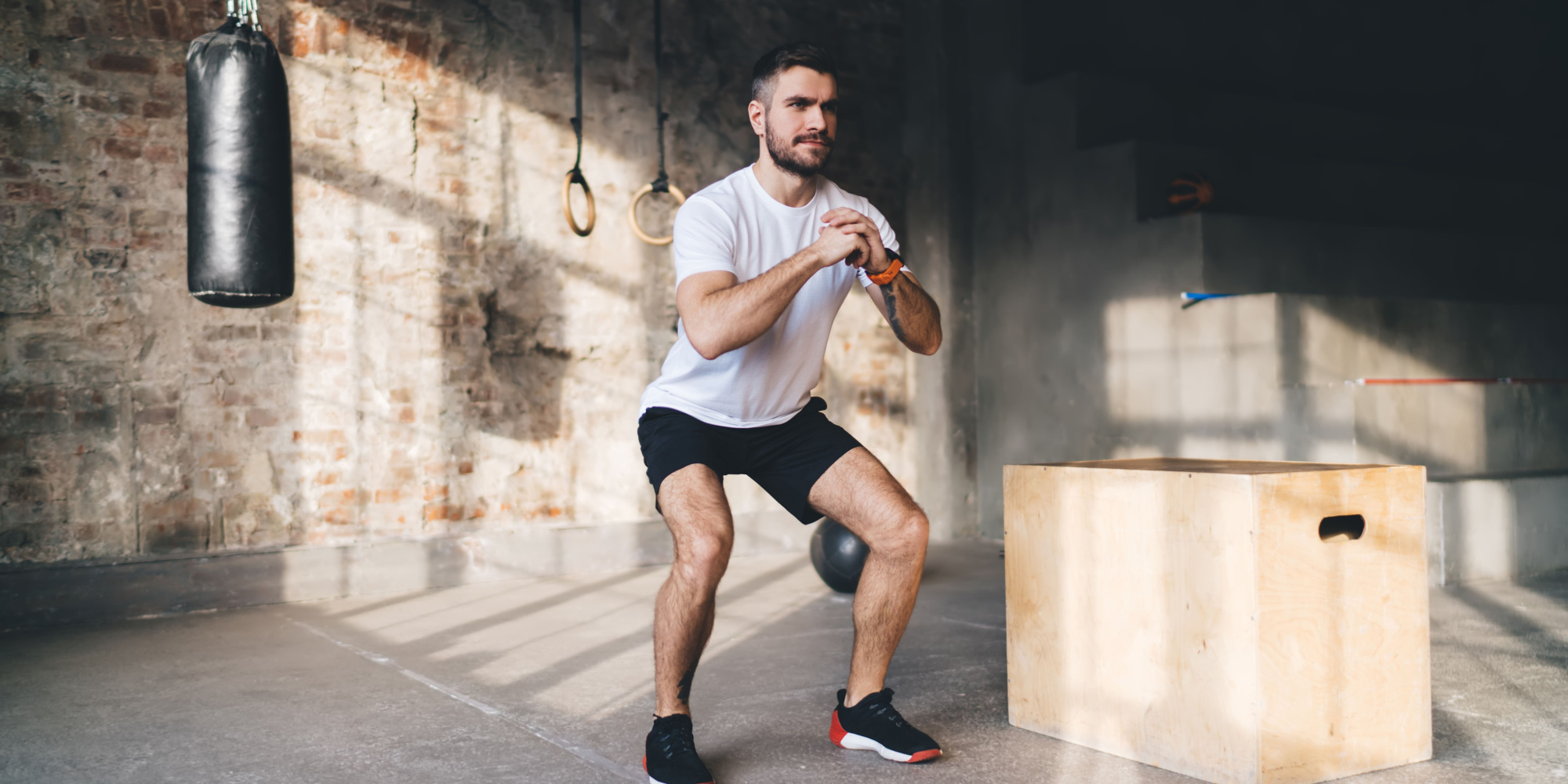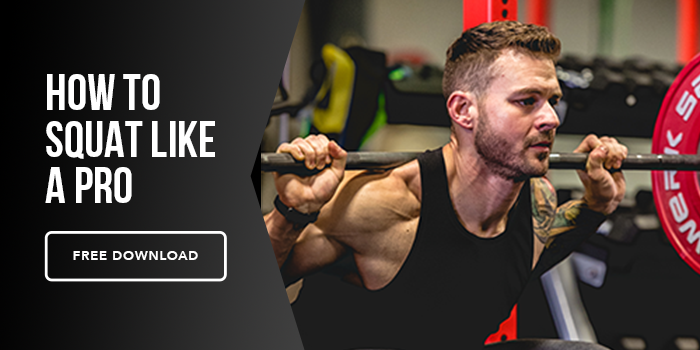Squatting is one of the best exercises you can include in your lifting program. It’s not just a lower body movement; it requires you to engage your core, and depending on the variation of the squat, it can also require upper body stability and strength as well.
You might see some people lifting heavy weights on their shoulders while dropping low in a squat position like they’ve been training for years (which they probably have). It may seem intimidating to go right into that level of lifting, but the thing is, you shouldn’t.
Even though the squat is a natural movement—something that should be effortless—we've gotten to the point where society as a whole is not moving enough, all while losing strength, mobility, and overeating ultra-processed foods. So obviously, if you ask someone to go into a deep squat who sits at a desk all day and doesn’t exercise, it’s not going to feel or look great.
But that doesn’t mean we can’t develop the right musculature and improve our mobility to get to the point where squatting DOES feel natural.
We’ll go over some steps you can take if you are a squatting novice and want to perform this movement the right way, injury-free.
Step 1: Find Your Faults
We’ve all got them. There isn't one person who doesn’t have something they need to work on. This could mean hamstring strength, hip mobility, glute activation, etc. These things don’t need to be perfected before you start squatting, but you’ll be more knowledgeable about your own movement patterns and how you can progress toward your squatting goals.
A great way to recognize your weaknesses and what you should focus on is to run through MAPS Prime Pro. If you want to reduce your risk of injury and squat pain-free, this self-assessment will help you identify movement imbalances and how to go about correcting them.
Once you have a correctional plan in place, you can start incorporating movements that will help you move better into your warm-up routine, cool-down routine, and on rest days. From your feet to your head, everything needs to be firing on all cylinders!
Step 2: Practice Proper Squat Form
Squats can seem a little complex, especially if it’s something that you haven’t done in a really long time. That’s why it is so important to get squat mechanics down. From the concentric to eccentric phase, you need to be aware of what muscles are working, which ones are keeping you stable, and where you could possibly be struggling; your right quad may be stronger than your left, while your left glute doesn’t seem to be firing like your right. Performing squats technically correctly will only help you improve your lifts with heavier loads later on.
To start, body-weight squats are the way to go. Use a mirror to assess how you are moving; you may feel like you are doing one thing when you’re actually doing something else. For some extra guidance, you can watch how to squat properly and other squat tips on Mind Pump TV.
Step 3: Practice Different Variations
What’s great about squats is that there are so many ways you can manipulate the movement. You can back squat and front squat with different types of equipment, from barbells to kettlebells and even resistance bands.
Those who are new to squatting may feel more comfortable starting with resistance bands when they are ready to add resistance, and that is okay; you don’t have to pick up a barbell to still get in some solid squats.
It’s beneficial to try variations because, even though the movement is essentially the same, they can offer unique challenges. Goblet squats feel vastly different from front-loaded dumbbell squats, while a front-loaded squat can seem more difficult to execute than a back squat because of the mobility required in your shoulders and back.
The more you challenge yourself with different squats, the stronger and more mobile you will be.
If you do want to start squatting like a pro, check out Mind Pump’s How To Squat Like a Pro Guide, a free resource to help you squat correctly and get the results you want.






